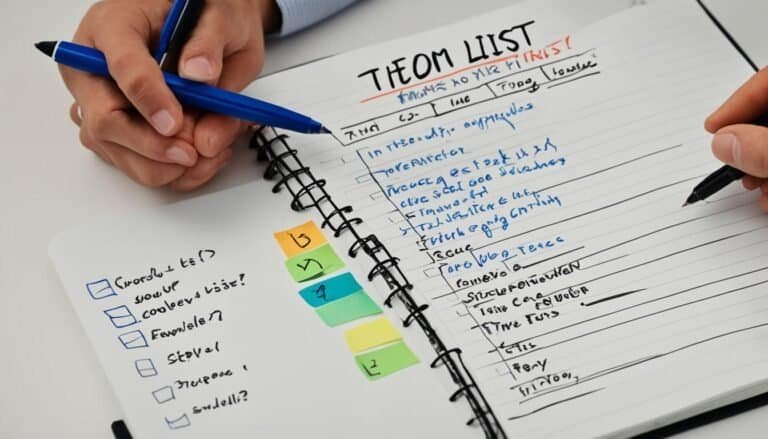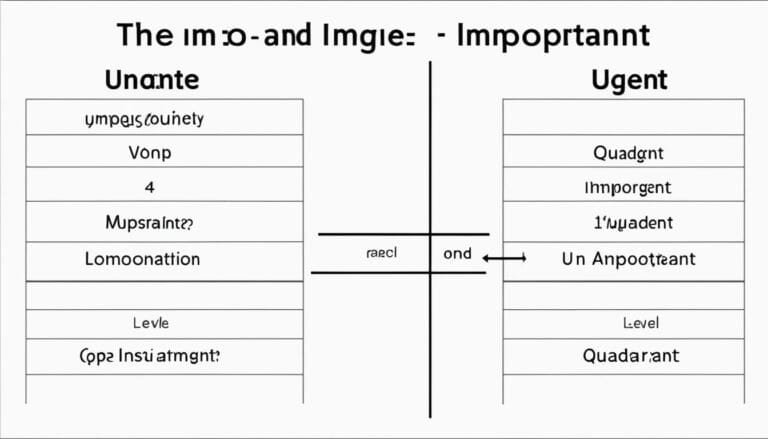Fostering a Culture of Continuous Learning in the Workplace
|
Getting your Trinity Audio player ready...
|
Introduction
In today’s rapidly changing business environment, ongoing learning is essential for success in the workplace. Employees cannot simply rely on their current skill sets and knowledge; they must be constantly upgrading their abilities to remain competitive. Investing in a culture of continuous learning has multiple rewards: it encourages personal growth amongst employees while also spurring innovation, boosting productivity and giving organizations an edge over competitors in the market place.
In this article, we will dive into the value of perpetual learning in the workplace and explore what important components help create a culture that encourages continuous growth. Furthermore, we’ll look at how to roll out an effective training program to track its progress and outline potential roadblocks along with their solutions for cultivating such a rewarding atmosphere.
Creating a Culture of Continuous Learning
Organizations that foster a culture of continuous learning reap tremendous rewards, such as higher employee engagement, improved job satisfaction levels and superior overall performance. This workplace environment is characterized by its enthusiasm for adaptability, growth and curiosity – all in an atmosphere where employees are encouraged to pursue further professional development opportunities with the full support of their peers and superiors.
To promote and encourage continuous learning in the workplace, organizations should:
- Communicate the importance of continuous learning to employees
- Provide access to learning resources and opportunities
- Foster a supportive and collaborative environment
- Encourage employees to set personal and professional development goals
- Recognize and reward employees’ learning achievements
Implementing a Continuous Learning Program
To create an effective continuous learning program, organizations should consider the following steps:
Define the goals of the program: Establish clear objectives that align with the organization’s overall strategy and address specific skills gaps or areas of improvement.
Choose the right training methods: Select a combination of learning methods, such as e-learning, workshops, seminars, and mentorship programs, that cater to different learning styles and preferences.
Create a supportive environment: Foster a culture that encourages open communication, collaboration, and knowledge sharing among employees.
Provide opportunities for learning: Offer a variety of learning opportunities, both formal and informal, that enable employees to develop new skills and expand their knowledge.
Encourage participation and feedback: Solicit employee feedback to continuously improve the program and promote active participation in learning initiatives.
Measuring the Success of the Program
To evaluate the effectiveness of a continuous learning program, organizations should:
Define key performance indicators (KPIs): Establish measurable outcomes that align with the program’s goals and objectives.
Measure employee engagement and participation: Track employee involvement in learning activities and assess their satisfaction with the program.
Track the impact on job performance: Monitor improvements in employee performance and productivity as a result of the continuous learning program.
Analyze the effectiveness of the program: Regularly review and analyze the program’s results to identify areas for improvement and make data-driven decisions.
Challenges and Solutions
Implementing a culture of continuous learning may present several challenges, including:
Resistance to change: Employees may be hesitant to embrace new learning opportunities and adapt to new ways of working.
Solution: Communicate the benefits of continuous learning and involve employees in the development and implementation of the program.
Limited resources: Organizations may struggle to allocate sufficient time, budget, and resources to support continuous learning initiatives.
Solution: Leverage cost-effective learning solutions, such as online courses and in-house training, and prioritize learning initiatives that offer the highest return on investment.
Leadership support: The success of a continuous learning culture relies heavily on the support and involvement of leadership.
Solution: Encourage leaders to actively participate in learning initiatives and to lead by example by prioritizing their own professional development.
Conclusion
To remain competitive and relevant in today’s ever-changing business world, organizations must prioritize continuous learning within the workplace. By cultivating a culture of ongoing growth, employees can be enabled to expand their skillset and knowledge base which will drive creativity, productivity, and success.
Establishing a successful continuous learning program necessitates a deliberate strategy, consistent assessment and dedication to tackling difficulties while embracing solutions. By prioritizing ongoing education and cultivating an encouraging environment, businesses can be set up for sustainable success in the continually evolving world of today.








